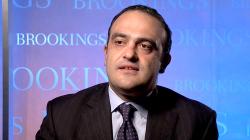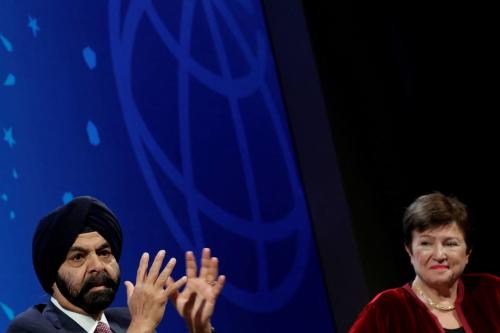This is a preprint of an article whose final and definitive form will be published in the Review of International Political Economy, August 2006
Abstract
The IMF is governed by a 24-member Executive Board which represents 184 countries. Although often prized as a small and efficient decision-making body, the Board represents some countries more effectively than others. This is due to the institutional structure and incentives within which the Board operates. Prime among them is a system of constituencies which have formed and evolved as countries have sought to improve their position in the organization. These groups vary in size, shared interests, and distribution of power. Their effectiveness is not only affected by these attributes. It is also determined by decision-making rules across the institution, by the lack of formal accountability of Board members, and by the strength of other coalitions of countries acting informally within the institution. The analysis implies that representation on the IMF Board could be improved without altering the size of the Board.
Introduction
Through the 1980s and 1990s surprisingly little attention was paid by scholars of international relations to the inner-workings of the IMF. In earlier decades several attempts were made to examine power, decision-making and bargaining within international institutions more generally (Knorr 1948, Kindelberger 1951, Matecki 1956, Cox and Jacobsen 1973). However, these empirical studies soon gave way to a more behaviouralist fashion in American political science which focused on analysing voting behaviour with rather mixed and often unenlightening results for the study of international organizations (as noted by Martin and Simmons 1998). Subsequently, the literature became dominated by a theoretical debate about whether institutions shape outcomes in international relations (Baldwin 1993). The inner workings of international organizations simply dropped off the radar screen of mainstream international relations.



